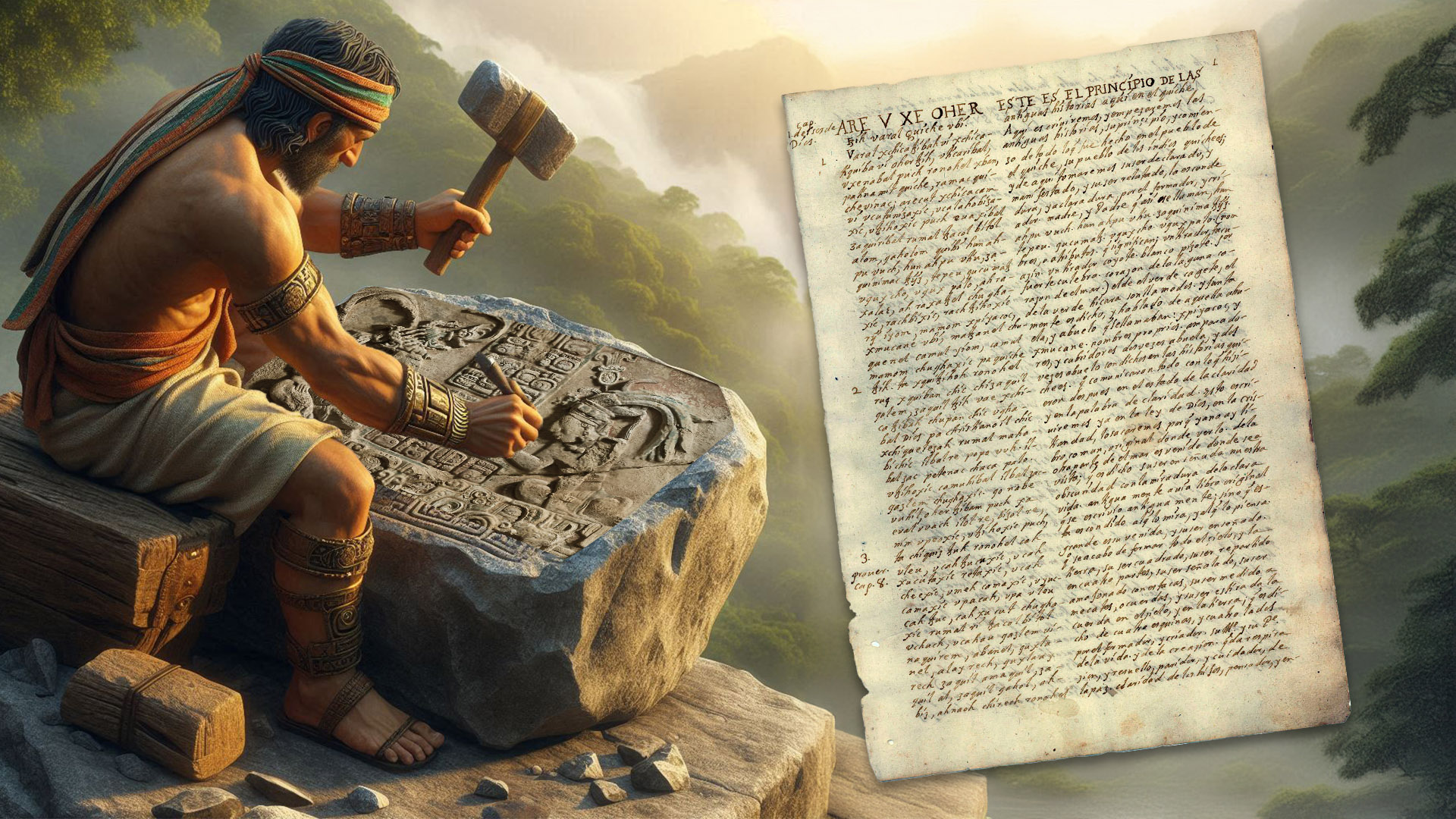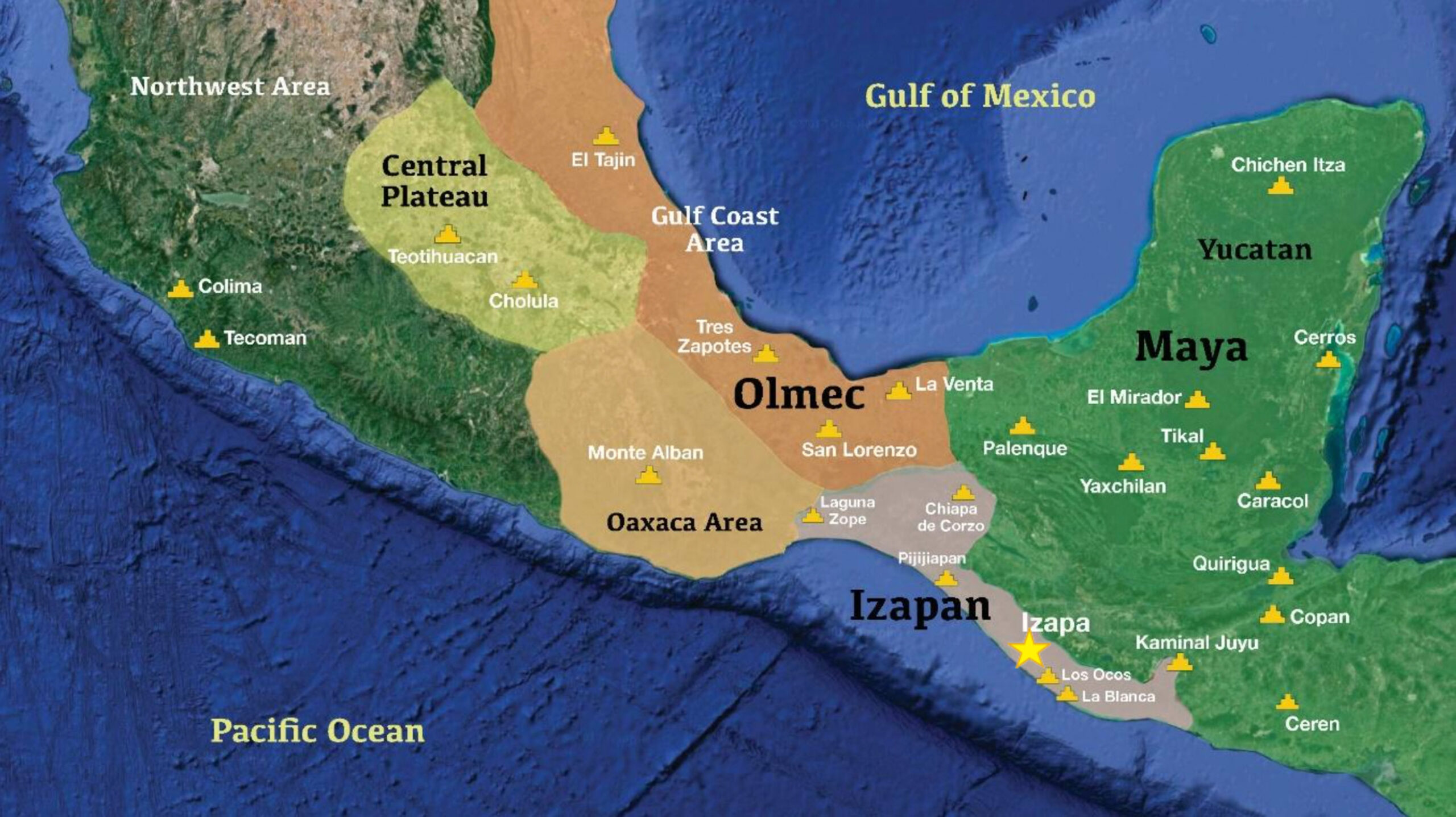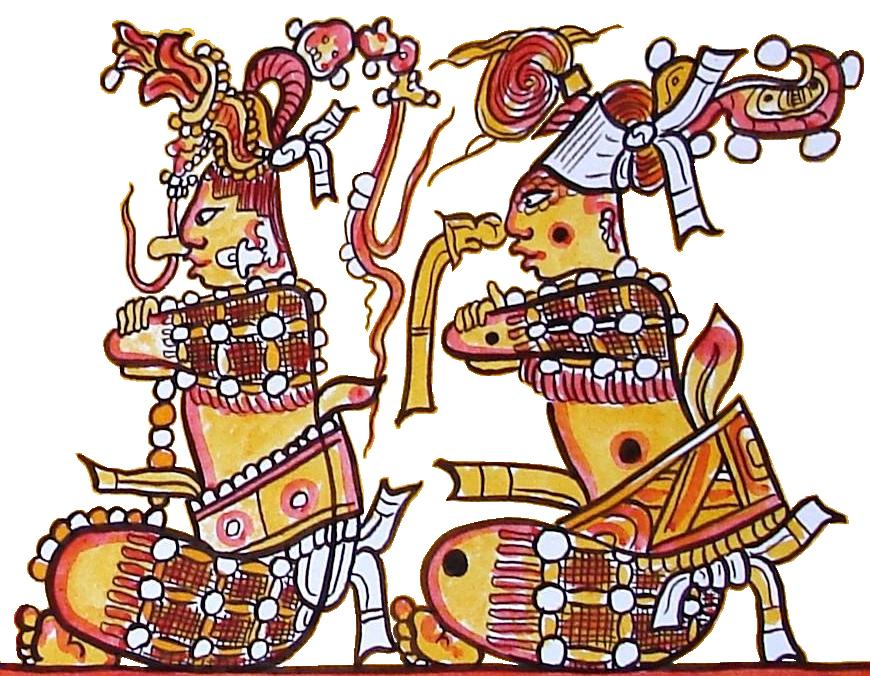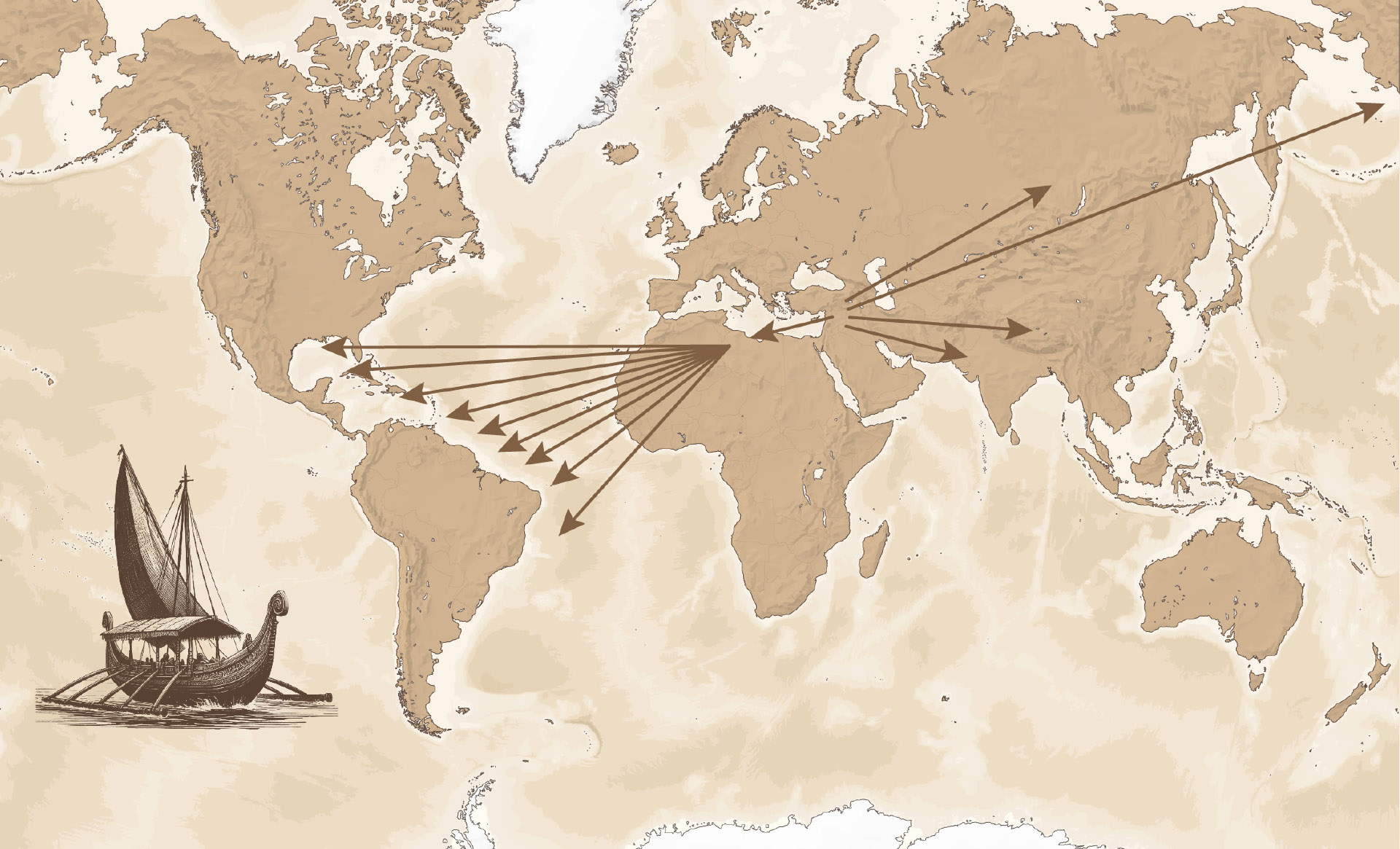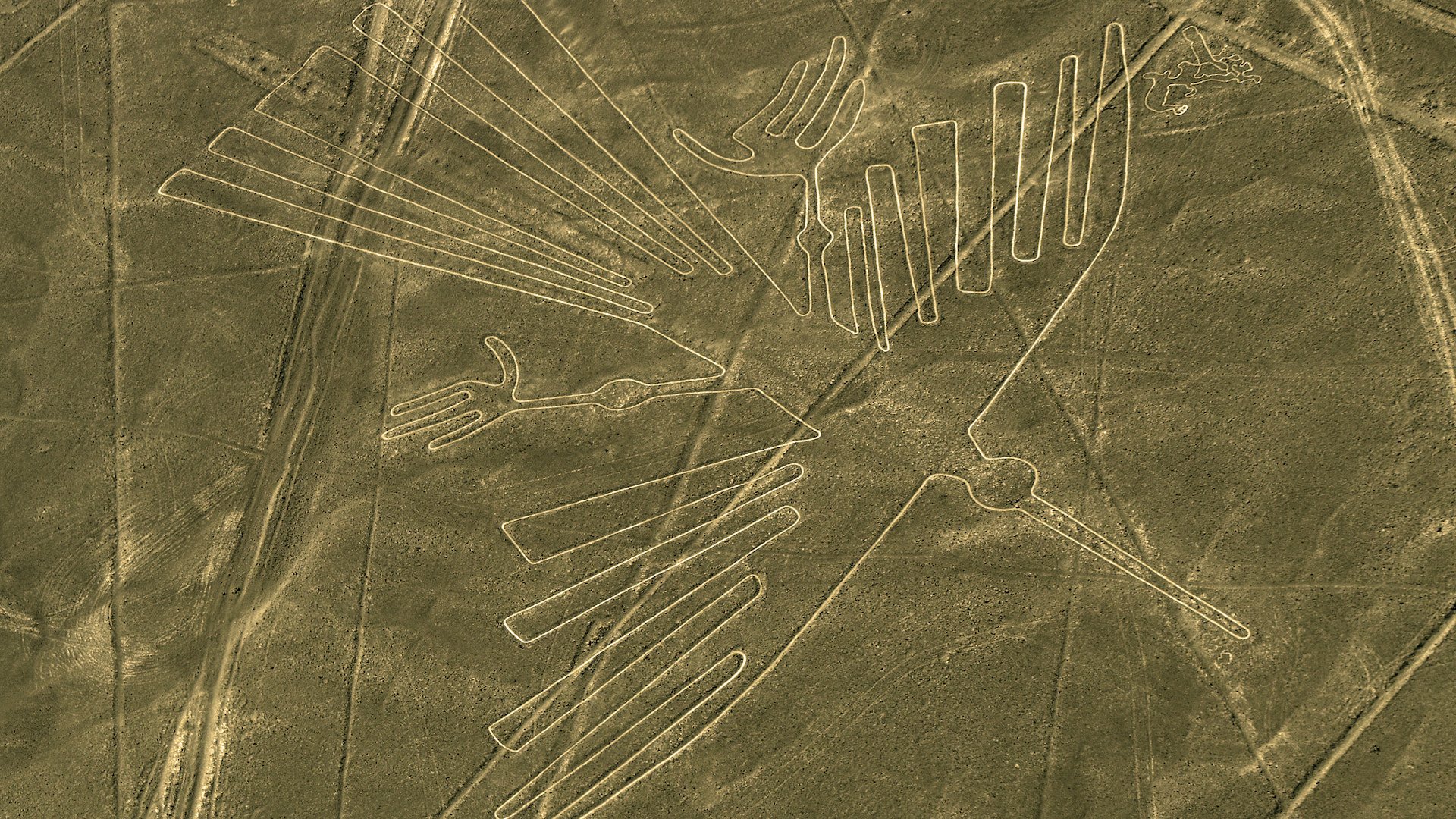Fig. 1 – The oldest surviving written account of the Popol Vuh (ms c. 1701 by Francisco Ximénez, O.P.). The parallel columns are: Left—K’iche’ Maya, Right—Spanish translation.
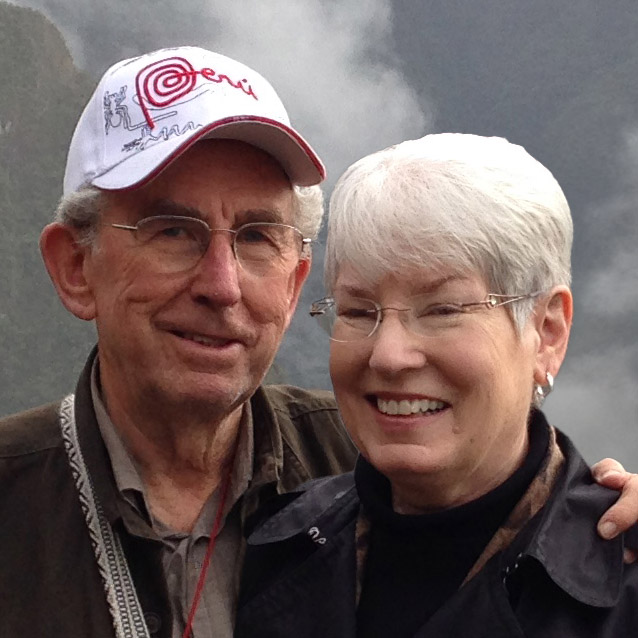
by Cheryl Norman (The legacy of V. Garth Norman lives on.)
The ancient Maya Sacred book the Popol Vuh is a text recounting the mythology and history of the K’iche’ people of Guatemala and near the Izapa Temple Observatory in the state of Chiapas, Mexico (at the star on the map below). As a result, many of the carved monuments at Izapa’s Temple depict subjects described in the Popol Vuh. The Popol Vuh encompasses a range of subjects that include creation, history, cosmology, and ancestry. Its “Preamble” includes the purpose for writing the Popol Vuh, and the measuring of the earth. There are essentially 4 divisions in this sacred book.
PREAMBLE is an introduction to the piece that introduces Xpiyacoc and Xmucane, the purpose for writing the Popol Vuh, and the measuring of the earth.
THE FOUR DIVISIONS OF THE POPOL VUH ARE:
(en.wikipedia.org/wiki/Popol_Vuh):
BOOK 1:
Book 1 of the first division has an “account of the creation of living beings. Animals were created first, followed by humans. The first humans were made of earth and mud but crumbled. The second humans were created from wood, but they did not function well and were washed away in a flood and killed by animals.”
BOOK 2:
Book 2 includes The Hero Twins plan to kill Vucub-Caquix and his sons, Zipacna and Cabracan. They succeed, “restoring order and balance to the world.”
BOOK 3:
- The father and uncle of The Hero Twins, Hun Hunahpu and Vucub Hunahpu, sons of Xmucane and Xpiacoc, are murdered at a ball game in Xibalba.
- Hun Hunahpu’s head is placed in a calabash tree, where it spits in the hand of Xquiq, impregnating her.
- She leaves the underworld to be with her mother-in-law, Xmucane.
- Her sons then challenge the Lords who killed their father and uncle, succeeding and becoming the sun and the moon.
BOOK 4:
- Humans are successfully created from maize.
- The gods give them morality in order to keep them loyal.
- Later, they give the humans wives to make them content.
- This book also describes the movement of the K’iche’ and includes the introduction of Gucumatz. (1)
The Popol Vuh is of particular importance given the scarcity of early accounts dealing with Mesoamerican mythologies. After the Spanish conquest, missionaries and colonists destroyed most native documents (ca. 1519-1521).
Dr. Allen Christenson (BYU) translated the Popol Vuh from the original written K’iche language into English. His translation is considered the most accurate of this sacred Maya Book that was “originally preserved through oral tradition until approximately 1550 AD . . ” (2)
(1) en.wikipedia.org/wiki/Popol_Vuh
(2) Popol Vuh: The Sacred Book of the Maya. Translated by Allen J. Christensen 2003
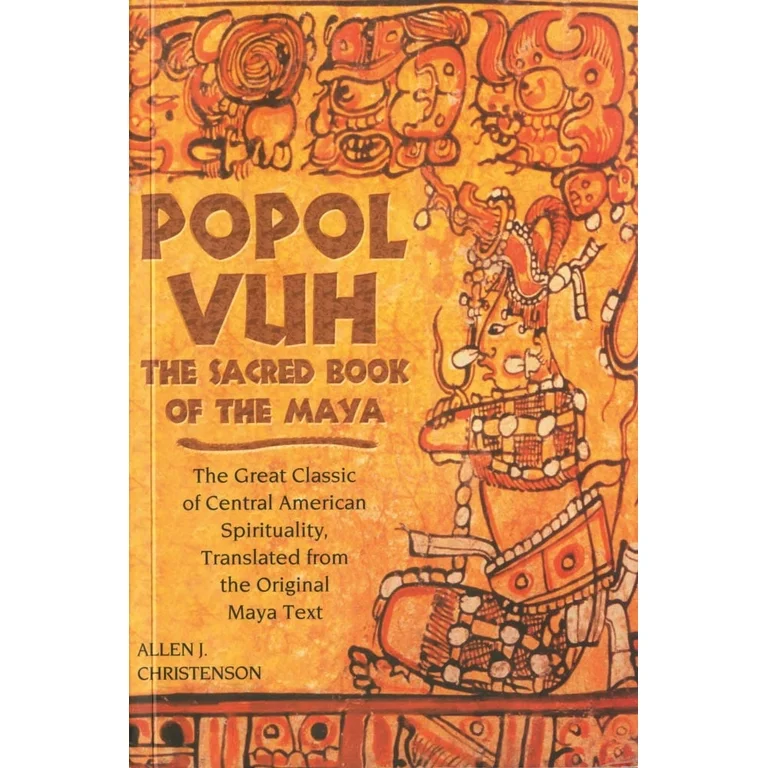
Watch this video to learn about the Popol Vuh.

